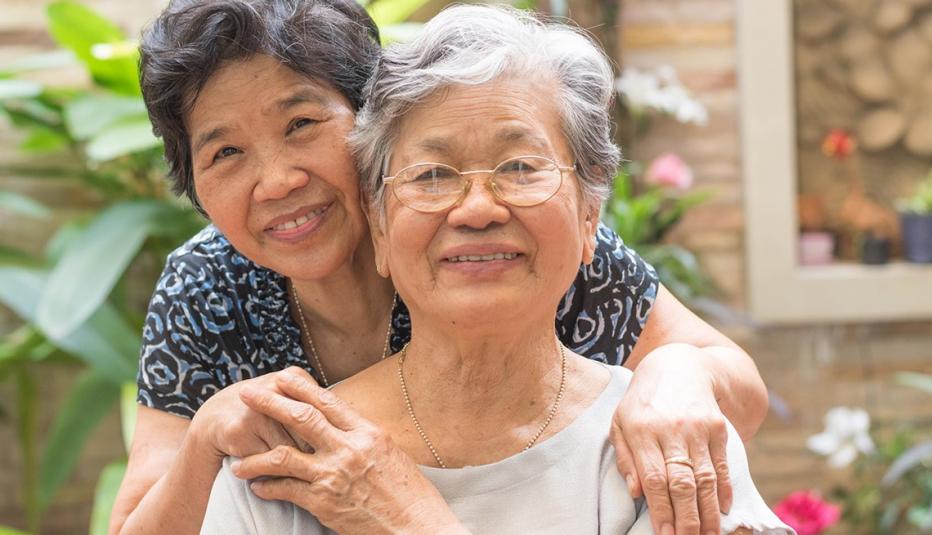AARP Hearing Center
In caregiving characteristics, habits, practices, and information needs, there are strong similarities seen for Chinese and Filipino caregivers in New York City, Los Angeles, and San Francisco. These findings are also similar to previous research conducted on caregiving with the General Market and multicultural groups, although there are some cultural and regional differences.
Key findings include:
- Caregiving issues and problems are generally kept private within the family.
- Support from unpaid caregivers within the extended family is fairly common, but generally insufficient; paid caregiver support is uncommon, but frequently desired.
- Caregiver selection is not often discussed in-depth and is typically an organic process involving the consideration of a variety of factors, such as birth order, finances, and other logistics.
- Among those with traditional values, assuming the role of caregiver is a given; For others, it is a long and arduous decision-making process, involving doubts.
- Often, assuming the caregiver role is not given sufficient planning and thought regarding implications.
- Often, assuming the caregiver role is not given sufficient planning and thought regarding implications.
- Due to assuming the caregiving role, changes to relationships are mixed, but changes to caregivers’ daily activities, work, social life, and health tend to be negative.
- Caregivers do recognize the benefits of the role in their lives and some highlighted were stronger family bonds and a richer family life for the younger generation.
- Caregivers do recognize the benefits of the role in their lives and some highlighted were stronger family bonds and a richer family life for the younger generation.
- Caregivers are plagued by stress, but aware of some techniques for reduction, although pressed for time to conduct them.
- The label of “caregiver” is inappropriate to their role and doesn’t capture true sentiment, but no comprehensive, alternative term was found in any language.
- “Caregivers” are seen as professionals, while respondents view their role as one from the heart.
- The terms “helper” and “companion” were commonly used to describe the role.
- “Caregivers” are seen as professionals, while respondents view their role as one from the heart.
- End of life conversations are avoided or held in a cursory manner; there is little comprehension around end of life planning and it is rarely conducted.
- Institutional care is viewed negatively and generally distrusted, but may be considered in extreme situations.
- Awareness and usage of available caregiving resources are low.
- Respondents have a variety of information and support needs, such as training in caregiving tasks and information about available programs and resources.
- Several mentioned interest in nutritional information and in-language information.
- Several mentioned interest in nutritional information and in-language information.
- Preferences for mainstream versus Asian American and Pacific Islanders (AAPI) organizations are split, but mainstream organizations are generally more respected.
- AAPI organizations’ ability to provide communications in-language is highly regarded.
- AAPI organizations’ ability to provide communications in-language is highly regarded.
- Multiple media channels are used by the population, but print informational materials are strongly preferred.
Individual in-depth interviews were conducted in English and in-language with 31 Chinese and Filipino primary caregivers in New York City, Los Angeles, and San Francisco in September 2015. For more information, contact Vicki Gelfeld at VGelfeld@aarp.org.































































